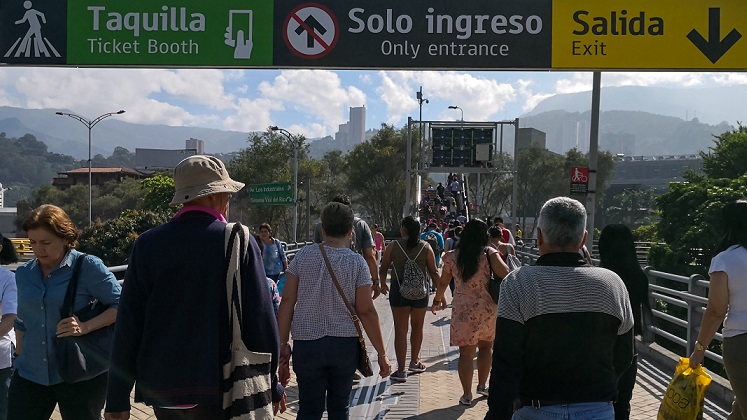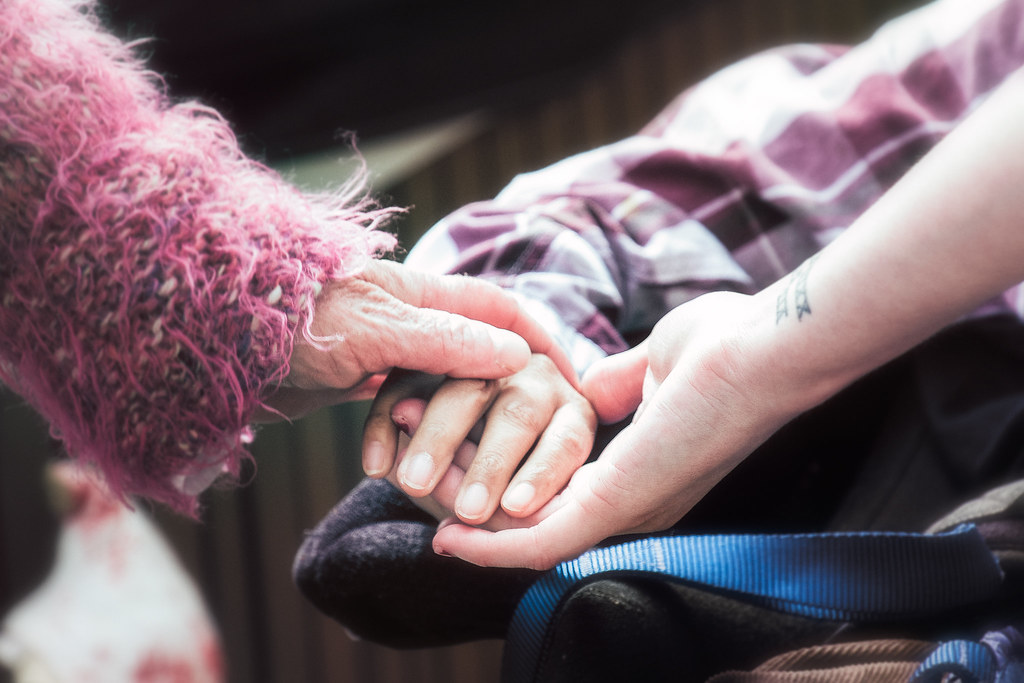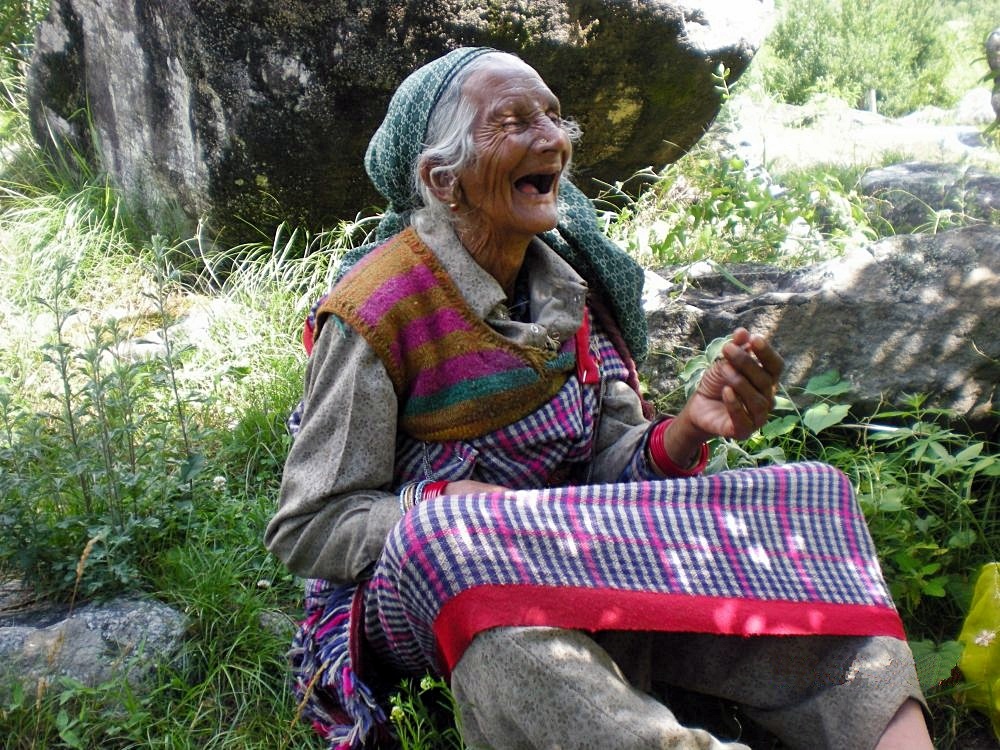LSE International Development PhD candidate Rebecca Sutton presents an insight into civil-military relations and humanitarian assistance in West Africa, drawn from an innovative course at the Kofi Annan International Peacekeeping Training Centre.
Natural disasters, public health emergencies and armed conflicts, military actors often find themselves working alongside civilians, many of whom may have little to no previous exposure to military involvement. While the military strains to make sense of the complex landscape of civilian humanitarian actors, the latter tend to struggle with military notions of command and control.
Debates continue regarding the role of the military in humanitarian engagement, particularly after recent emergencies such as Ebola, where military actors played a dominant role in the response. While there are important conversations to be had about the appropriate boundaries of roles in delivering humanitarian assistance, one cannot deny the need for better civil-military co-ordination.

The Humanitarian Assistance in West Africa (HAWA) course brings together civilian, police and military actors together in an intense two-week course in Ghana.
As a region, West Africa struggles with high rates of poverty, vulnerability to food insecurity, the impact of the global economic crisis, sociopolitical instability, armed conflict, terrorist threats, natural disasters and climate change. The region also has incredible resources, including human resources, and regional actors play a decisive role in emergency response.
Recognising this, the Humanitarian Assistance in West Africa (HAWA) course brings together civilian, police, and military actors from across the region – and beyond – at the Kofi Annan International Peacekeeping Training Centre (KAIPTC) in Accra, Ghana. The course is sponsored by the Austrian Development Agency (ADA) and directed by the Austrian Study Centre for Peace and Conflict Resolution(ASPR). After a successful pilot earlier this year, 26 participants were selected to attend training in October 2015.
The group included a two star General from Nigeria, a military doctor from Togo, a staff member of Oxfam, a police officer from Ghana, and a UN human rights officer from Liberia. As the course is set at an operational level, I was responsible not only for explaining the legal and normative frameworks that support humanitarian assistance, but also for guiding participants in the next steps towards practical application of new skills back in their work environments.
Paul O’Hagan, who facilitated the pilot course earlier this year, told me that some participants would be in military and police uniform on the first day. “Don’t let that fool you about the approach,” he said, explaining that they love interactive learning and want to participate. His words came to mind when I entered the room on day one.
Before the morning coffee break, participants were throwing balls around and speculating as to what animal they would like to be as part of the learning exercises (perhaps unsurprisingly, many wanted to be lions). Such activities aimed to create a positive atmosphere, but it goes deeper than this. A central aim is to foster mutual understanding and encourage positive interactions among civilian, police, and military actors.
The HAWA course does not envision better civil-military relations as an end in itself, but rather as a means to ensuring more effective humanitarian assistance, opening up a space for thinking about innovative ways to reach this goal. I was interested to explore, for example, the possibility of organising civil-military relationships around the shared recognition of the humanity of aid recipients.
The People-First Impact Method (P-FIM) tool, which O’Hagan helped to design, encourages those responding to emergencies to focus on the aspirations of communities receiving humanitarian (and development) assistance.
In the HAWA training I relied on the P-FIM tool for everything from simple exercises to build trust, foster better communication and collaboration, to more complex exercises requiring participants to reflect on the Ebola response. The latter activity, for which I also drew upon the Sphere Handbook training tools, yielded particularly interesting results. I invited participants who had been directly involved in the Ebola response in West Africa to lead the group in mapping out the actors involved in the humanitarian system. They emphasised the role played by local actors, such as hunters and traditional healers. Although they included international actors (UN agencies and donors) and noted that many of these are quite powerful, many depicted them as somewhat peripheral to, or disengaged from, local experience.
Curious to hear more regarding their perceptions, I administered a survey after the course. The responses are illuminating. A military doctor from Togo, for example, self-identifies as humanitarian because she: “seeks to alleviate suffering.” When asked how she thinks police and civilian actors view her in light of her status as a military actor, she responds: “They see me like an order-giver, a warrior, a rude person”. For her part, she wishes these other actors could be both more organised and more open-minded.
A member of the Senegalese Air Force submits that any actor should be able to deliver humanitarian aid, as long as they are trained and ready to accomplish the task. He notes he is often careful in dealing with civilians, but needs to do so because it is mandatory to: “achieving our mission.” He finds dealing with police actors somewhat easier, but imagines that both civilian and police actors probably see him as rigorous, strict, and maybe bizarre.
In the opinion of a Ghanaian police officer, humanitarian assistance should be delivered by a multi-dimensional group of civilian, police, and military actors. Where these actors fail to understand each other well, he argues, it creates confusion, slows the pace of work, and leaves some victims unattended, ultimately compromising accountability to affected populations. Although he is comfortable dealing with civilian actors most of the time in his daily work, he feels sometimes they are: “Slow to act.” Dealing with military actors is comparatively easier because they: “Speak the same language,” though he notes that sometimes an element of competition arises between them. He believes it is unrealistic to expect: “100 per cent understanding,” among diverse actors, but that they must all see each other as: “Irreplaceable partners.”
For a member of the armed forces fire brigade from Niger, anyone who is physically and morally capable of easing suffering should be permitted to engage in humanitarian assistance. He wanted to come away from the course with a more objective understanding of how civilian and police actors see the world. As for how they see him, he believes they understand his work and his goals, but that they disapprove of his military methods and view him as someone who simply follows orders. He wishes they understood that: “We are men, like them, before being soldiers.”
A Ghanaian member of the National Disaster Management Organisation explains that he self-identifies as a humanitarian because his organisation has adopted humanitarian principles of impartiality, independence, and neutrality. He believes there is room for a plethora of actors in the delivery of humanitarian assistance: while civilian organisations may be at the centre, police and military have an important role to play. The manner in which these actors interact, he argues, has an impact on everything from preparation and planning, to response. What brings them together is the shared objective of protecting civilians and delivering humanitarian assistance. That said, as a civilian he often struggles in his interactions with military and police, and finds it difficult to share information with them.
Another participant is engaged in civilian aspects of the Lake Chad Basin Commission based in N’djamena. She self-identifies as a humanitarian actor because she assists in humanitarian response as well as peace-building activities. A key impediment to positive civil-military relations in her opinion is that each type of actor feels they are an expert. Also, their organisational priorities sometimes conflict, leading to tension: “As we perceive and do things differently.” While she personally feels comfortable working with military as well as police actors, she believes that the communities she works in do not. She suspects this might be down to a past history of interventions.
Clarifying perceptions
In the immediate moments following a disaster, she believes military and police actors see her as lacking the skills to respond. She speculates that this shifts once the reconstruction phase begins, and her skill set becomes more clearly valuable. A key reason to improve mutual understanding among these actors, she states, is that working together is now: “Inevitable.”
Finally, an academic and trainer at Nigeria’s National Defence College submits that civilian actors are better suited to providing humanitarian assistance generally. He adds that certain situations, such as counter-terrorism operations, necessitate a significant role for the military. The main challenge in his view is to clearly delineate the agreed-upon roles, tasks, and lines of communication for all actors. In the absence of this, there is a risk of delays in the delivery of assistance, misunderstandings among the different actors, as well as rivalry and competition. Clarifying “wrong perceptions” is key for him.
As I have explored in this brief discussion, the HAWA course is innovative in its approach to civil-military relations in the delivery of humanitarian assistance. By affording participants the opportunity to engage with each other and challenge their (mis)perceptions, it fosters the necessary mutual understanding and trust that should ultimately result in better humanitarian outcomes for affected populations.
This article was first published in the Crisis Response Journal in December 2015 and reproduced by Africa at LSE on 3 February 2016.
Rebecca Sutton is a Canadian lawyer and Trudeau Scholar. She teaches on the Managing Humanitarianism MSc course at LSE where she is currently a doctoral candidate. Her interdisciplinary doctoral project explores how humanitarian actors struggle with issues of distinction in the context of robust peacekeeping missions, and the extent to which IHL delineates the boundaries of humanitarian action.





